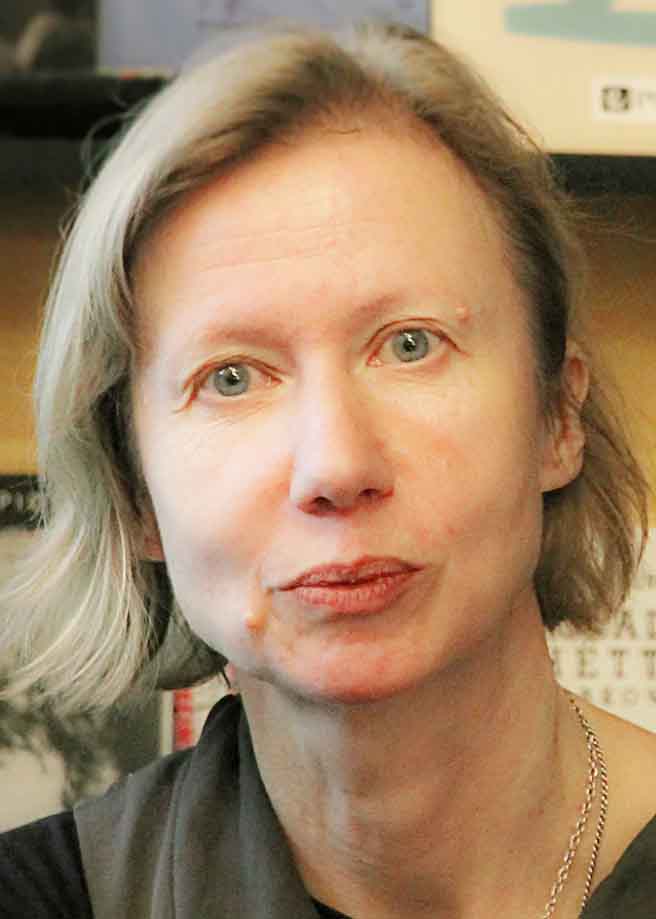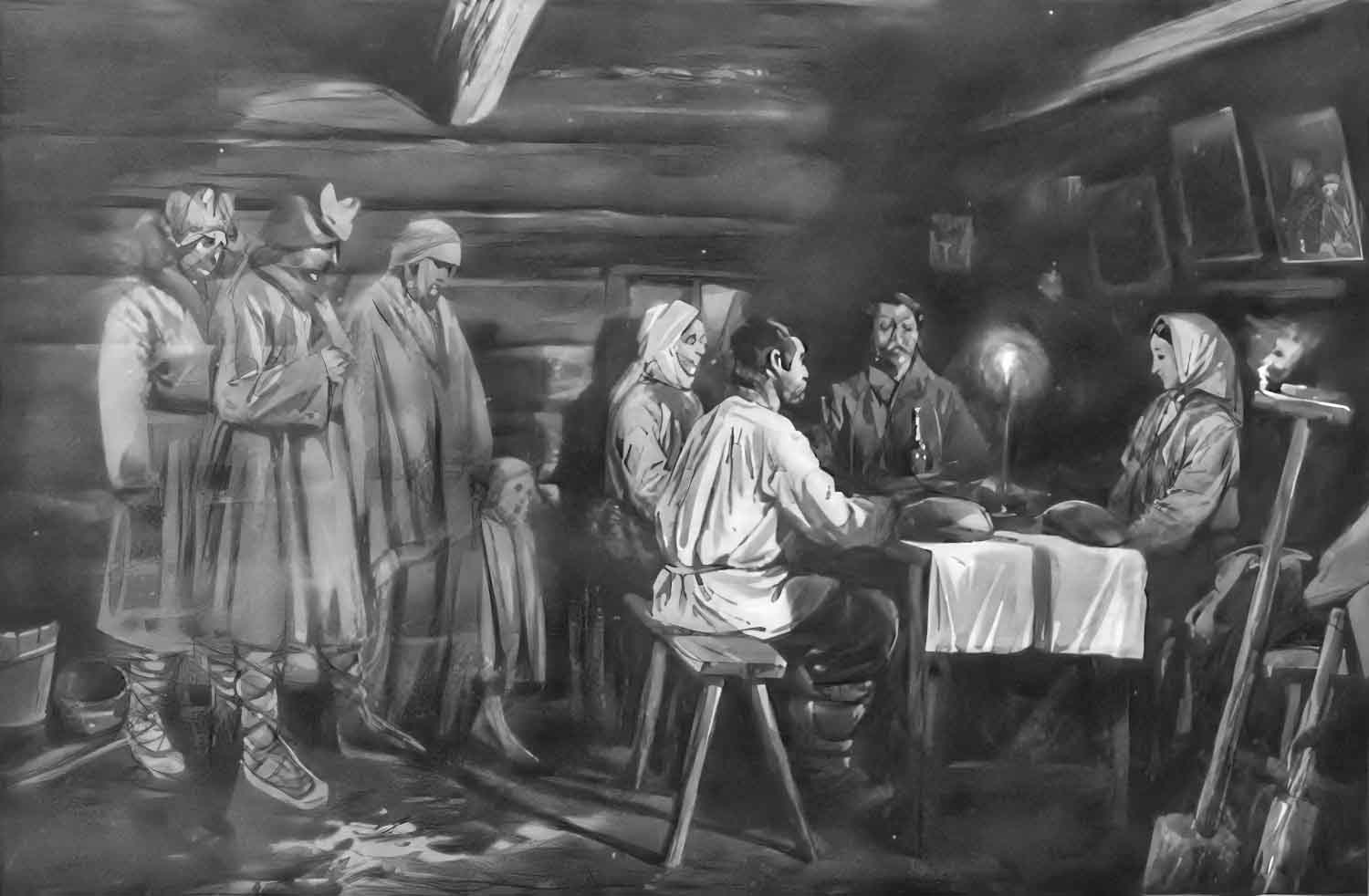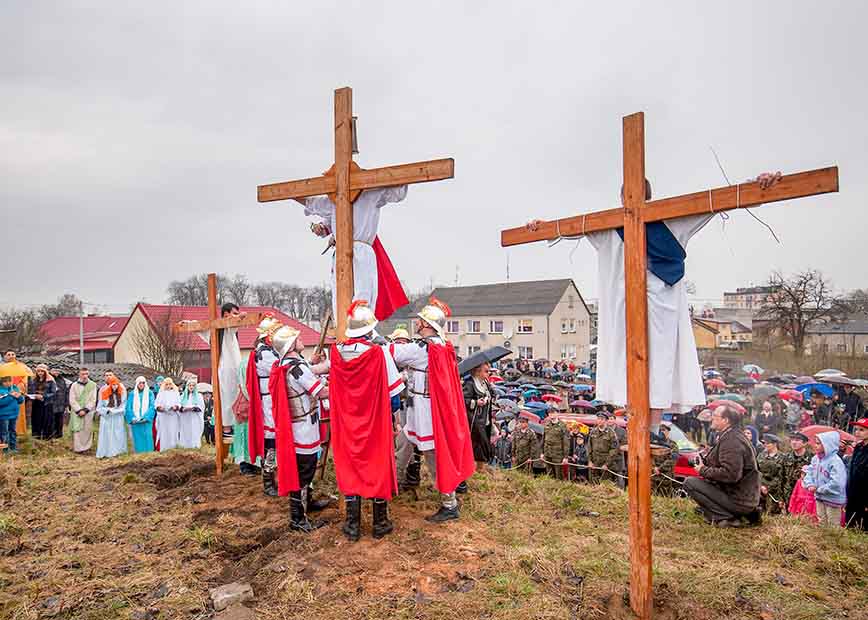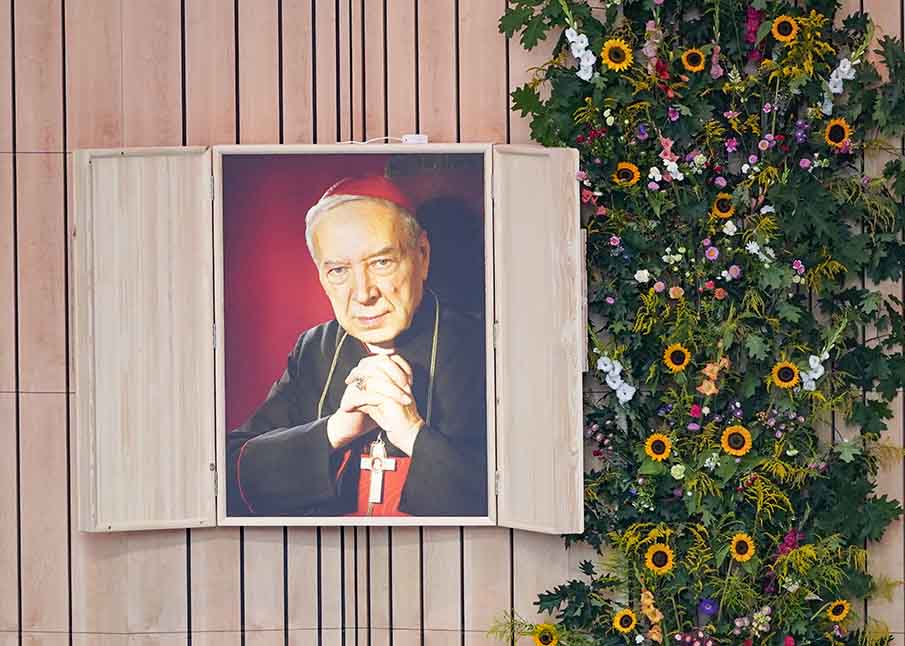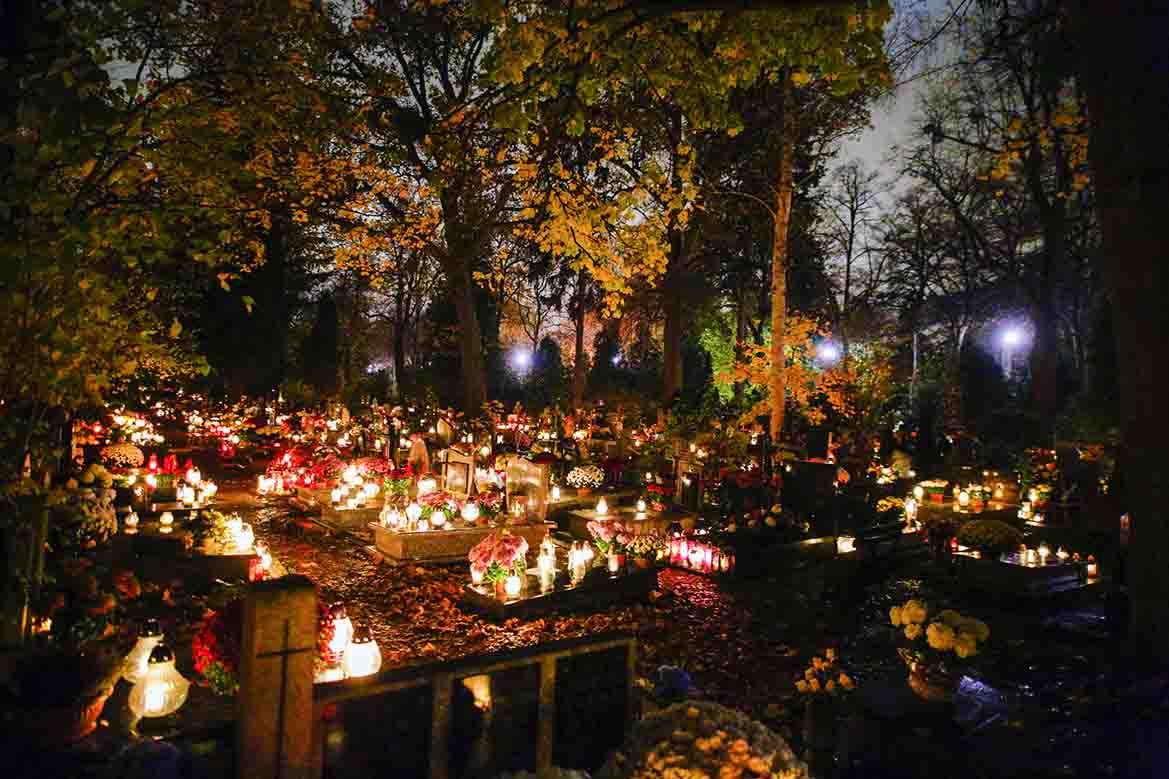The Catholic Church celebrates the feast of Corpus Christi sixty days after Easter, which is a movable feast. The date falls on the Thursday after the octave of Pentecost, but in France and Italy, for example, it is fixed on the Sunday after the Solemnity of the Holy Trinity. Regardless of these calculations, the backdrop to Corpus Christi is the splendour of nature, in May, June at the latest, already very green but still fresh, full of flowers and fragrances. And it is the most important natural element of the setting for the faithful who walk the streets of their towns and villages on that day.
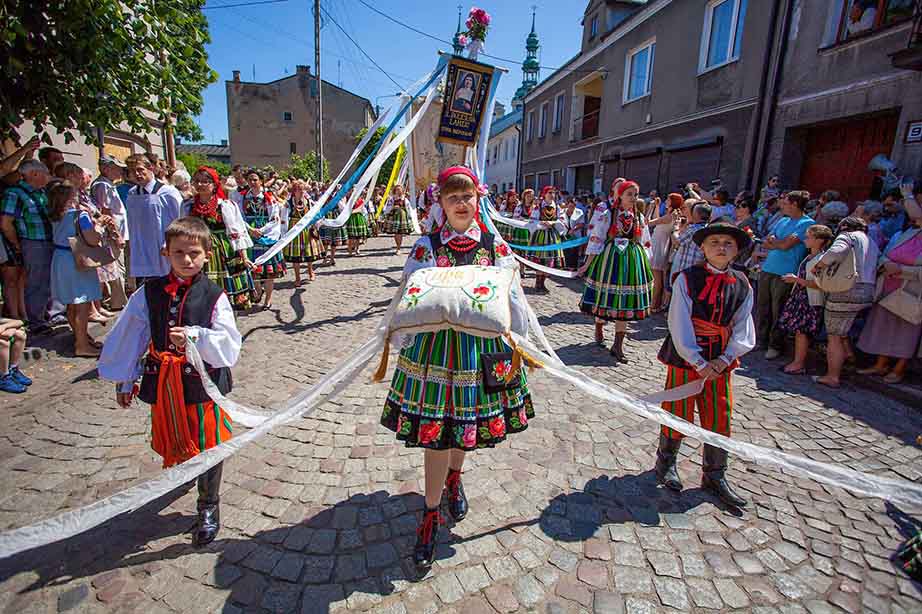
Corpus Christi in Łowicz (Source: DlaPolonii.pl/Flickr)
Before the procession begins, residents prepare their homes for the feast. They place holy images in their windows, sometimes on their balconies, and decorate them with flowers, branches, embroidered napkins, electric lights and candles. On the other hand, in groups, the parishioners of a neighbourhood or, for example, the members of communities that meet in the church (these were once representatives of a particular craft, such as shoemakers or saddlers), erect and decorate four altars in the nearby streets where the procession stops.
The procession leaves the church after the main mass of the day. It is led by a priest with an uplifted monstrance in his hands. To honour the Blessed Sacrament, little girls spread flower petals on the road, followed by strong men carrying procession floats, statues of saints or banners. At the altars, the priest reads passages from the Gospels and the congregation recites the supplication. In recent years, during the pandemic and now with the war in Ukraine, the prayers for deliverance from 'air, hunger, fire and war' have rung out with great force.
What remains of the old beliefs is the custom of taking branches, usually birch branches or flowers, into the home to decorate the altar. According to our ancestors, if they were stuck behind the door frame or a picture on the wall, they would protect against evil, fire, disease and other misfortunes. In the countryside, they were placed in the four corners of fields to ensure a good harvest. The same purpose is served by wreaths made of field flowers and herbs, which are blessed during the octave of Corpus Christi. In ‘Chłopi’ (The Peasants), Władysław Reymont describes an altar chapel in the house of the Boryna family in the village of Lipce (now Lipce Reymontowskie, Łódź Province). Apart from paintings, flowers and green branches, there was a cage with a blackbird. Its singing was supposed to raise the altar's rank.
Several villages in Poland: four in the Opole Province (Klucz, Olszowa, Zalesie Śląskie and Zimna Wódka) and Spycimierz in the Łódź Province are famous for the so-called 'flower carpets' laid along the route of the Corpus Christi procession. The residents of Spycimierz have calculated that they need about fifteen thousand items: flowers, bundles of moss and boxwood, fern leaves and other decorative plants to make a carpet one kilometre long. This tradition has been included in the UNESCO World Heritage Representative List.
One of the oldest traditions
The first description of the Corpus Christi procession in Poland comes from Płock. It was held around the local cathedral in the 14th century. This was about a century after the first one organised in the Western Church, which passed through the streets of Leodium (today Liège in eastern Belgium).
Corpus Christi is the colloquial name for the Solemnity of the Most Holy Body and Blood of Christ. Events in the 13th century contributed significantly to the origins of this cult: the visions of Saint Julian of Cornillon and the miracle of Bolsena, which drew the Church's attention to the real presence of Christ in the consecrated host at Mass. The Reformation led to the negation of this feast. However, with the Counter-Reformation, it came back into favour for a short time. Its great defender was St Charles Borromeo, Archbishop of Milan.
Jędrzej Kitowicz, an 18th-century Polish historian, noted that Corpus Christi was celebrated in the Polish-Lithuanian Commonwealth almost 'pompously'. It was always attended by the monarch and court officials, the dignified clergy and countless people. The procession was even accompanied by the firing of cannons, mortars and rifles. There were fires and injuries during the procession.
In our country, Corpus Christi has always been an occasion for manifesting patriotic values. This was especially the case during the partition of Poland when Poland did not exist on the maps of Europe. Maria Estreicherówna, in her book 'Towarzyskie i obyczajowe Krakowa w latach 1848-1863' (The Social Life of Krakow in the Years 1848-1863), recalls that the citizens of the city used to wear national costumes on Corpus Christi, while the women wore robes symbolising the enslavement of the motherland.
A similar, additional role was played by the Corpus Christi procession during communist rule in the 20th century, with the new authorities trying to please Poles by allowing free participation in religious festivals immediately after the end of the Second World War, as documented by photographs. Photos taken during the Corpus Christi procession in Warsaw in 1947 show Communist President BolesŁaw Bierut walking in the procession and General Piotr Jaroszewicz supporting Cardinal Augustyn Hlondel, who was carrying a monstrance. Soon after the formation of the Polish United Workers' Party (PZPR) in December 1948, the authorities began to discourage the faithful from participating in Corpus Christi celebrations by offering various mass entertainments, interesting television programmes or sporting events on that very day. The procession was considered a 'subversive street demonstration' by the party leadership. They were afraid of large gatherings, especially religious gatherings. Priests had to obtain special permission to organise processions. Officials and militiamen determined the routes, the location of the altars and even the 'allocation of greenery' to decorate them. Undercover officers were always present among the crowds of faithful, taking 'official notes'. It has only been since 1989 that taking part in the Corpus Christi procession is no longer associated with fear, for example, of keeping one's job. Today, Corpus Christi in Poland reaffirms the importance of community, religious and national, parish and neighbourhood. It also brings people into the atmosphere of the summer season. After all, the feast means that summer holidays and harvest time are just around the corner.



